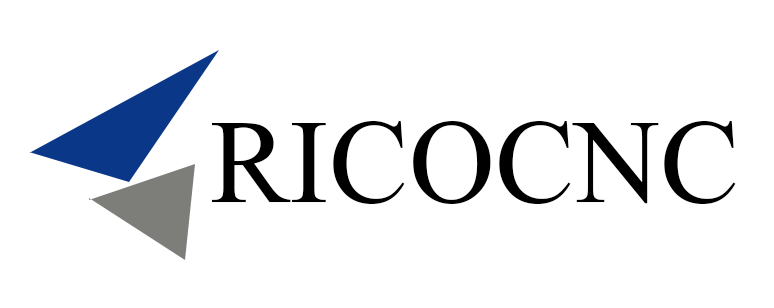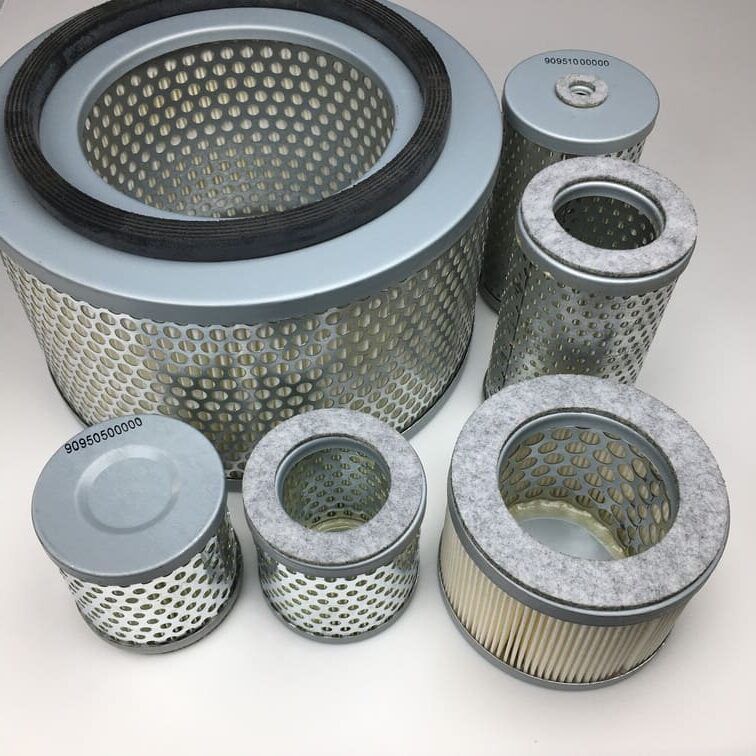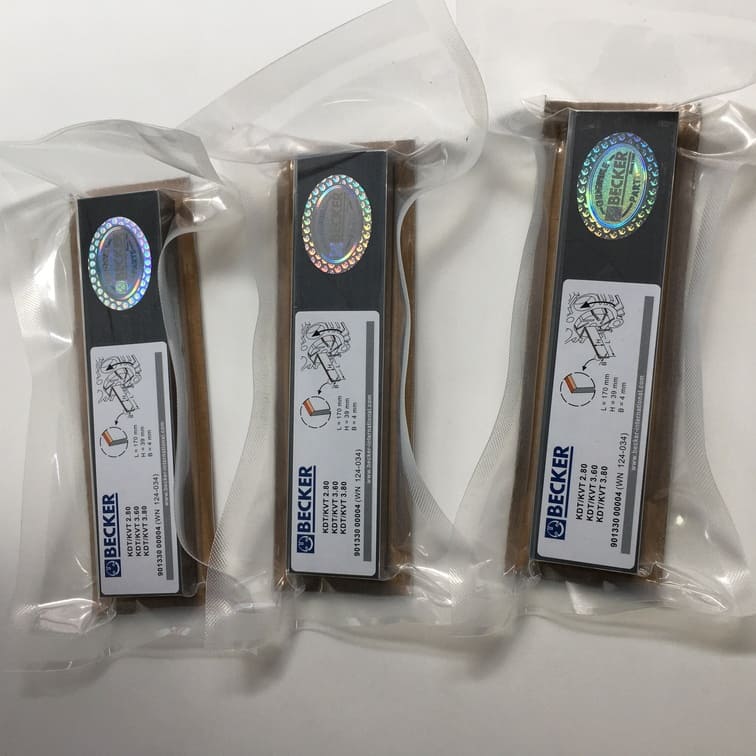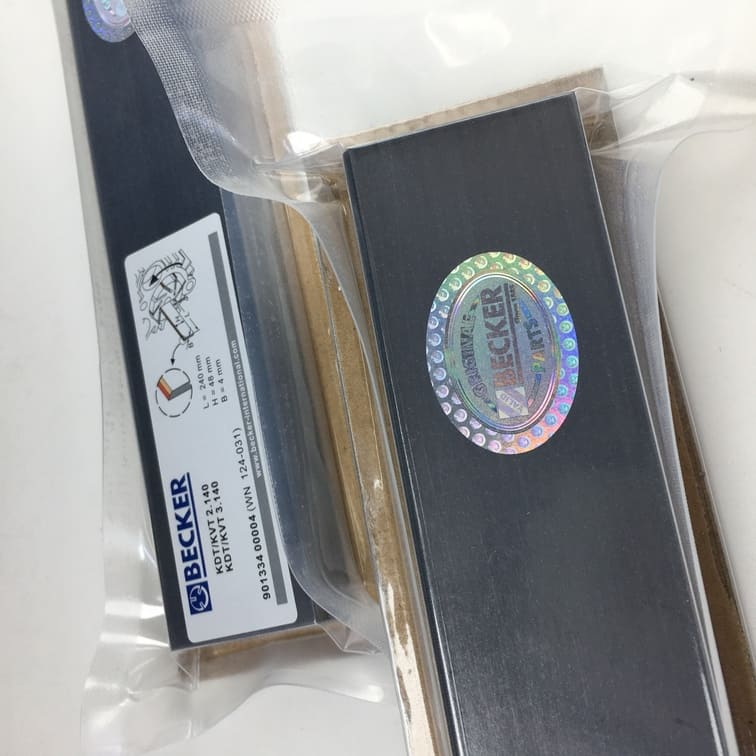What is a Wound Vacuum Pump?
Wound vacuum pumps, also known as negative pressure wound therapy (NPWT) or wound vacs, are an innovative and highly effective treatment method used for facilitating wound healing. By applying controlled negative pressure to a wound, these devices help accelerate the recovery process, minimize the risk of infection, and promote tissue regeneration. In this article, we’ll explore the different aspects of wound vacuum pumps, including their function, benefits, and the best practices for using them effectively.
How Does a Wound Vacuum Pump Work?
Understanding the Basics of NPWT
A wound vacuum pump works by creating negative pressure (or vacuum) around the wound. The negative pressure draws excess fluids and exudate out of the wound bed, allowing for faster healing and reducing the risk of infection. Here are the main components of a wound vacuum pump system:
- Foam or Gauze Dressing: This dressing is applied directly to the wound bed and covered with an airtight adhesive drape.
- Vacuum Pump: A pump that generates negative pressure to remove excess fluid from the wound.
- Drainage Tube: This tube connects the dressing to the vacuum pump, allowing fluid to be evacuated.
The device continuously or intermittently applies negative pressure to the wound, promoting the formation of granulation tissue, which is essential for wound healing. It also helps reduce wound size by encouraging contraction, drawing the wound edges together.
How Does the Negative Pressure Help?
The principle of negative pressure wound therapy involves actively managing wound healing through suction. Here’s how the process helps:
- Removes Excess Fluid: NPWT removes excess wound exudate and infectious materials, which helps keep the wound clean and reduces the risk of infection.
- Enhances Blood Flow: The vacuum effect stimulates blood flow, bringing essential nutrients and oxygen to the wound, which is crucial for tissue regeneration.
- Promotes Granulation Tissue Formation: By drawing the wound edges closer, the treatment encourages the development of healthy granulation tissue, which fills the wound cavity during healing.
Quick Insight: The consistent removal of wound exudate helps keep the area clean, thereby minimizing complications associated with wound infections.
Benefits of Using a Wound Vacuum Pump
1. Faster Wound Healing
Wound vacuum pumps significantly reduce the time it takes for a wound to heal. The constant removal of fluid and debris from the wound site helps prevent infection and facilitates a cleaner environment for tissue regeneration.
Table: Comparison of Healing Times
| Type of Wound | Without NPWT | With NPWT |
|---|---|---|
| Pressure Ulcers | 8-12 weeks | 4-6 weeks |
| Diabetic Foot Ulcers | 10-16 weeks | 6-8 weeks |
| Surgical Wounds | 6-10 weeks | 3-5 weeks |
Note: Healing times vary based on patient condition and the severity of the wound.
2. Reduced Risk of Infection
Negative pressure therapy helps remove infectious fluids from the wound, thereby reducing bacterial colonization. The sealed environment created by the vacuum device also prevents contaminants from entering the wound.
Key Benefit: By keeping the wound environment protected, wound vac therapy significantly minimizes the likelihood of infection, which can otherwise complicate recovery.
3. Effective for Challenging Wounds
Wound vacuum pumps are particularly useful for chronic, complex, or difficult-to-heal wounds. This includes wounds such as pressure ulcers, diabetic foot ulcers, and traumatic injuries. For patients who have struggled with healing, NPWT often provides an effective alternative to traditional dressings and interventions.
4. Supports Patient Comfort
Compared to frequent dressing changes required for traditional wound care, NPWT systems allow patients to go several days between dressing changes, which reduces discomfort. Less frequent dressing changes also mean less disturbance to the wound environment, allowing for more stable healing.
Common Types of Wounds Treated with Vacuum Pumps
1. Diabetic Ulcers
Diabetic ulcers are open sores or wounds that are often found on the feet of individuals with diabetes. Because of reduced circulation and neuropathy, diabetic patients are at increased risk of developing these wounds, which can be slow to heal. Using a wound vacuum pump can help manage these types of wounds effectively by drawing out fluid and promoting better circulation in the area.
2. Pressure Ulcers
Pressure ulcers, also known as bedsores, occur due to prolonged pressure on the skin, often in bedridden patients. NPWT can effectively treat pressure ulcers by removing exudate and promoting tissue growth, which helps close the wound faster.
Tip: For patients who are immobile, it’s important to ensure proper cushioning and frequent repositioning along with NPWT to reduce the risk of new ulcers forming.
3. Surgical Wounds
NPWT is used for post-surgical wounds that are at risk of complications such as dehiscence (wound reopening). By keeping these wounds clean and protected, wound vacuum therapy aids in minimizing the risk of post-operative infections.
How to Use a Wound Vacuum Pump Effectively
Step-by-Step Guide to NPWT Application
Step 1: Wound Assessment
Before applying a wound vacuum pump, the healthcare professional should thoroughly assess the wound. Determine the depth, size, and the type of tissue present in the wound bed.
Step 2: Dressing Application
- Clean the Wound: Properly clean the wound using sterile saline.
- Cut the Dressing: Cut the foam dressing to match the shape and size of the wound.
- Apply the Foam: Place the foam or gauze dressing inside the wound cavity, ensuring it makes good contact with all areas.
Step 3: Sealing and Connecting
- Cover with Adhesive Drape: Place an adhesive drape over the wound and the foam dressing to create an airtight seal.
- Attach Tubing: Connect the tubing to the dressing, ensuring it is secure and leak-free.
Step 4: Turn on the Pump
Once everything is connected, activate the pump and set it to the appropriate pressure level (usually between 75 to 125 mmHg, depending on wound type and patient tolerance).
Monitoring: Continuously monitor the dressing and tubing for any air leaks, as they can reduce the effectiveness of the treatment.
Risks and Precautions in NPWT
Potential Risks
While negative pressure wound therapy is generally safe, there are some risks involved. These may include:
- Bleeding: In some cases, the suction effect can cause bleeding, especially if the wound bed contains exposed blood vessels.
- Pain: Some patients may experience discomfort or pain, particularly when the dressing is being changed.
- Skin Irritation: Prolonged use of adhesives can lead to skin irritation or breakdown around the wound site.
Precautions to Consider
- Avoid Overpacking: Do not overpack the wound with dressing, as this can cause tissue damage rather than promote healing.
- Monitor for Signs of Infection: If there are signs of infection such as increased redness, warmth, or pus, seek medical advice immediately.
- Pressure Settings: Ensure the correct pressure setting is used; excessively high pressures can damage newly formed tissue.
Important Note: Always consult a healthcare professional before starting or discontinuing NPWT.
Frequently Asked Questions About Wound Vacuum Pumps
1. How long should a wound vacuum pump be used?
The duration of NPWT varies based on the type and severity of the wound. Most wounds benefit from a few weeks of therapy, but some may require longer use. Your healthcare provider will guide you.
2. Can I shower with a wound vacuum pump?
Yes, certain wound vacs are designed to be water-resistant. However, it’s important to follow the manufacturer’s instructions and ensure the vacuum system is adequately protected.
3. What kind of wounds should not be treated with NPWT?
Wounds with necrotic tissue, malignant wounds, or those with untreated osteomyelitis (bone infection) are generally not suitable for NPWT.
4. Is NPWT painful?
NPWT should not be painful when correctly applied, but some patients may experience discomfort during dressing changes. If persistent pain occurs, consult a healthcare professional to adjust the pressure setting.
5. How effective is negative pressure wound therapy?
NPWT is highly effective for many wound types, reducing healing time by up to 50% in some cases compared to traditional wound care.
Conclusion
A wound vacuum pump is an invaluable tool in modern wound care, offering a faster, more efficient path to recovery for patients with challenging wounds. By creating a controlled negative pressure environment, it helps to minimize complications, promote healthy tissue growth, and significantly reduce healing times. This technology represents a major advancement in wound management, particularly for those dealing with complex or chronic wounds. Always consult a healthcare professional for personalized advice on whether NPWT is suitable for your specific condition.




